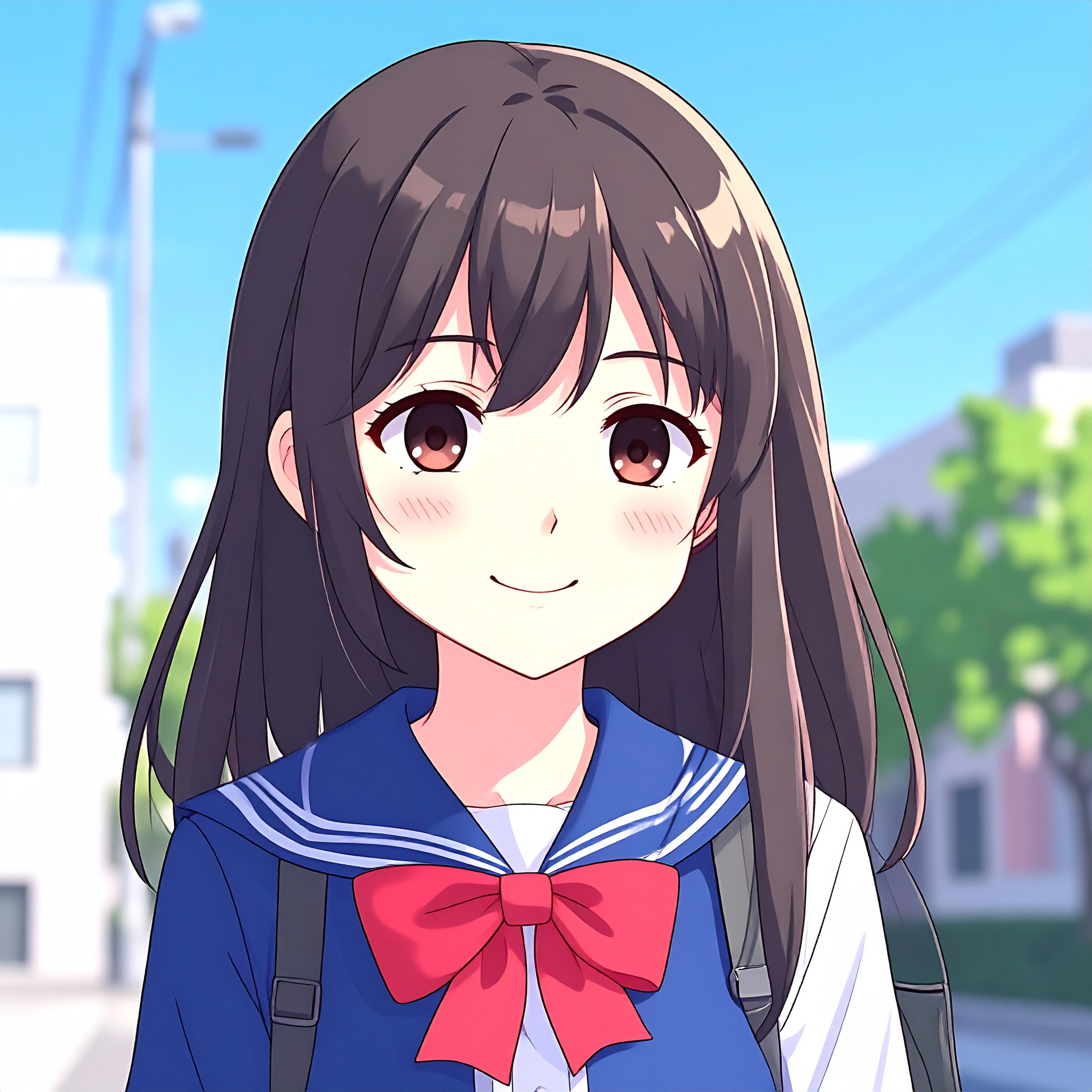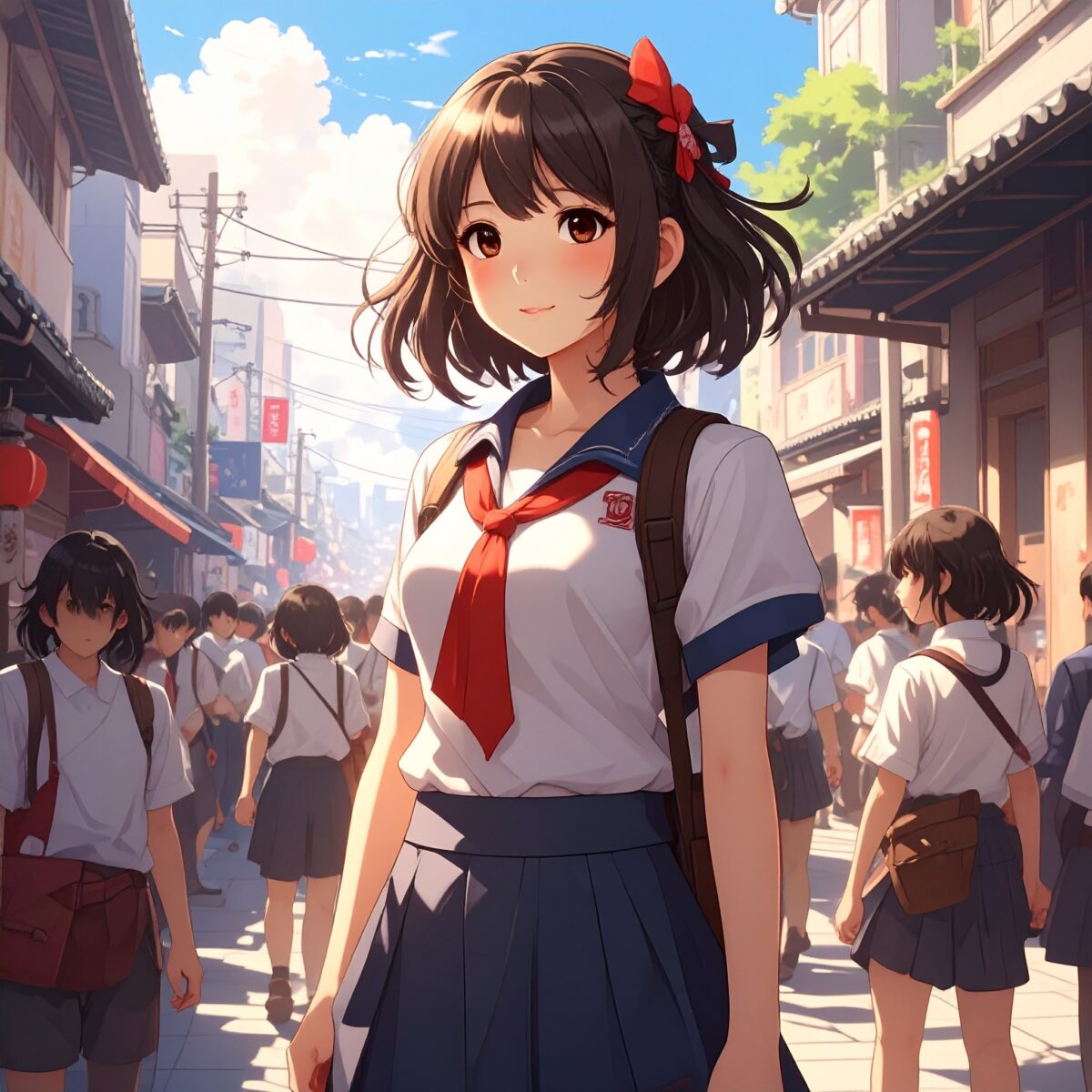One reason Japan’s high school girl culture—commonly known as “JK culture”—continues to fascinate the world lies in the uniquely special time known as “houkago”, or after school. These few precious hours, spent in school uniforms after classes have ended, are filled with the fleeting brilliance of youth—moments that exist just before the responsibilities of adulthood begin.
After school marks the boundary between structured learning and personal freedom. There’s a quiet thrill in walking out of the classroom, heading to club activities or part-time jobs, or simply stopping by a convenience store with friends. Each of these seemingly ordinary moments captures the essence of adolescence—spontaneous, emotional, and irreplaceable.
What makes after-school time particularly enchanting is the contrast between the uniform and the freedom it meets. As students step out of the controlled environment of school into the wider world, they carry the symbol of uniformity while seeking self-expression. This delicate tension between identity and conformity, freedom and rules, creates a kind of beauty that resonates across cultures.
In anime, films, and music, after-school scenes are often portrayed with unforgettable emotional resonance. The glow of sunset on the way home, quiet conversations in empty classrooms, heartfelt talks on park benches—these are moments that don’t need explanation. They speak through atmosphere, capturing the uniquely Japanese sense of poetic stillness and transience.

To many young people overseas, the idea of spending after-school hours in a school uniform feels strikingly fresh. In many countries, students change into casual clothes as soon as school ends. The Japanese custom of going out in uniform—visiting cafés, taking photos, or strolling with friends—stands out as something rare and intriguing. This uniqueness is part of what sparks admiration and curiosity around the world.
After school is also a time for self-expression. Taking “purikura” photo booth pictures with friends, posting uniform-clad selfies on social media, or adding subtle touches of individuality through hairstyles and accessories—all of these become ways to reveal parts of oneself that may not be visible within the formal school setting. It’s a small adventure wrapped in the promise of freedom.
As JK culture gains popularity internationally, the concept of houkago—after school—has also begun to resonate beyond Japan. It is embraced not simply as free time, but as a meaningful space to dream, explore, and discover oneself. Within the shared appearance of a school uniform, each individual is writing their own story. And this personal narrative, quietly unfolding in a universal costume, is precisely what gives the culture such emotional power.
After school carries both the excitement of what lies ahead and a trace of sadness as the day comes to a close. It is a time where hope for tomorrow mingles with the gentle ache of today’s ending. Japanese high school girls live fully in that in-between moment. Though it is a passage of time everyone eventually outgrows, it lingers in the heart as something unforgettable.
Each of these magical moments is quietly imprinted in memory by the uniform they wear. This is why houkago remains one of the most delicate, and most deeply beloved, aspects of Japanese youth culture.




